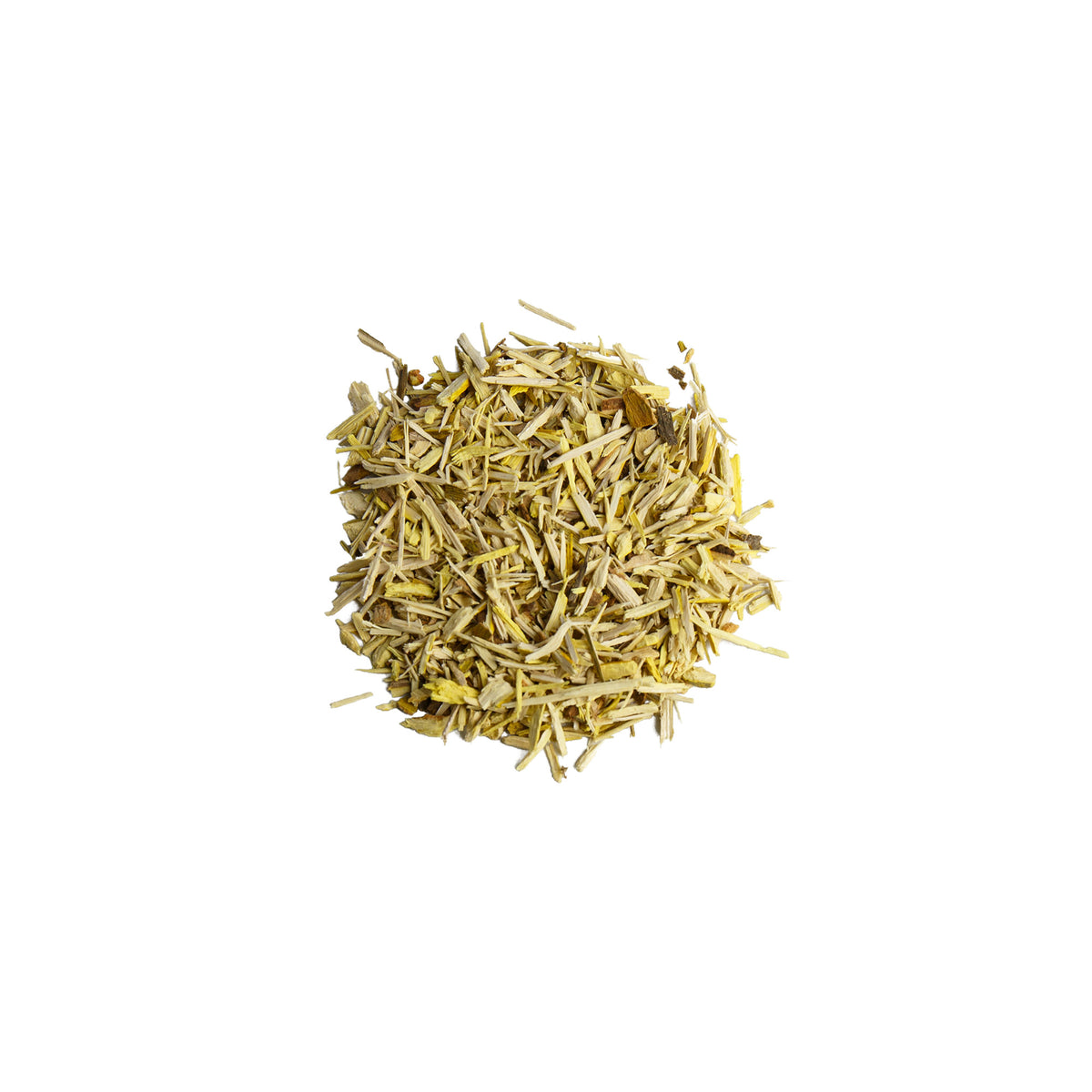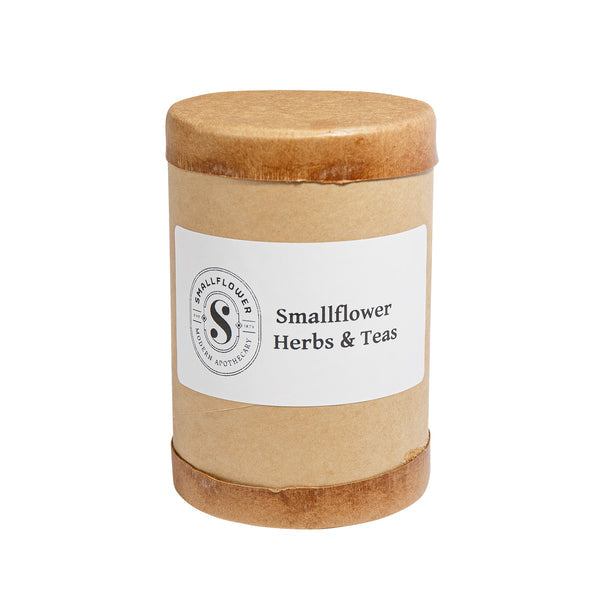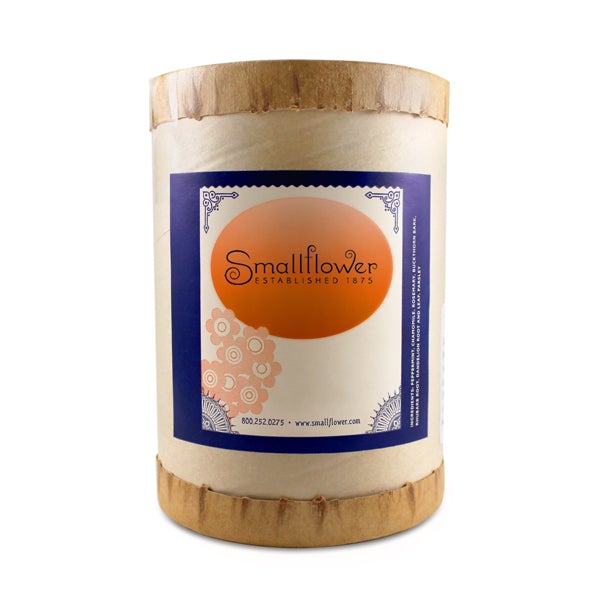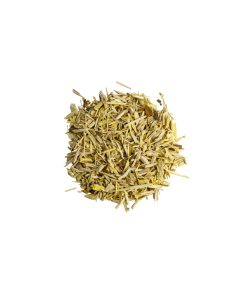Smallflower Oregon Grape Root (4 oz) #10084031 Smallflower
$ 18,75 $ 11,25
The Oregon Grape, as its name may suggest, is a native plant of the American Northwest, particularly Oregon. It’s a prevalent shrub in the area with glossy, dark green, spiny leaves, delicate yellow flowers, and grape-like clusters of dark green berries. It’s been compared to both holly and grapes, and often mistaken for other plants, but Oregon Grape has distinctive qualities all its own. Native Americans of the Pacific Northwest have long been aware of the unique value of Oregon Grape and have been using it medicinally for centuries to address a wide variety of ailments like ulcers, heartburn, rheumatism, kidney problems, and some skin conditions.. Because of its appearance, from its leaves to its yellow-hued stems and roots, the early European settlers in the area considered it another common barberry and it’s classified as such, in the family Berberidaceae.
Much of the European folkloric and medicinal history of Oregon Grape is lumped in with Common Barberry plants because of this. Oregon Grape Root carries the yellowish tint in its stems and roots from the presence of an alkaloid called Berberine, which has long been known to possess antimicrobial and anti-inflammatory properties. Oregon Grape grows and is cultivated widely, making it a good substitute for the endangered Goldenseal plant which is also highly valued for its berberine content. Oregon Grape Root can be decocted for a bitter digestive tea, tinctured with Echinacea to help weather the cold and flu season, or combined with Dandelion and Burdock root to support the liver and healthy, glowing skin.
Common names: Holly Grape, holly-leaf barberry, mountain grape, Oregon grapeholly, and Oregon barberry
| Size | 4 oz |
|---|
Fast Shipping and Professional Packing
Our long-standing partnership with UPS FedEx DHL and other carriers around the world lets us offer a range of shipping services. Our warehouse employees will pack all goods to our exacting specifications. Your goods are thoroughly checked and securely secured prior to shipment. We deliver to hundreds of thousands of customers each day in different countries. This shows our commitment to become the biggest online retailer on earth. The warehouses and centers of distribution are located in Europe, as well as the USA.
Orders with more than 1 item are assigned processing times according to each item.
We will thoroughly inspect all items ordered before shipping. The majority of orders will be delivered within 48 hours. It is expected that delivery will take between three and seven days.
Returns
Due to multiple parties which include the factory as well as the warehouse, we are unable to effectively manage inventory. The stock levels may fluctuate at any given time. Be aware that it is possible that your order will run out of stock even after you have made the order.
Our policy lasts for thirty days. We cannot exchange or refund your order if it has been 30 days from the date of purchase.
The item you purchase must be in its original packaging and be unused. The item must be in the original packaging.
Related products
Bath Salts
Bath Salts
Bath Salts
Body Scrubs
Body Lotions & Butters
Alba Botanica Kukui Nut Body Cream (6.5 oz) #26374 Alba Botanica
Creams & Lotions
Alba Botanica Mango Vanilla Shave Cream (8 oz) #14094 Alba Botanica
Creams & Lotions
Alba Botanica Coconut Lime Shave Cream (8 oz) #14092 Alba Botanica
Uncategorized
Agent Nateur Acid (Wash) Lactic Acid Skin Brightening Cleanser (120 ml) #10084270 Agent Nateur
Bath Salts
Toners & Mists
Agent Nateur Holi (Water) Pearl and Rose Hyaluronic Essence Toner (120 ml) #10084267 Agent Nateur
Face Masks & Peels
Alba Botanica Papaya Enzyme Facial Mask (3 oz) #27925 Alba Botanica
Skin Brightening
Agent Nateur Holi (C) Duo Calcium & Vitamin C Treatment (15 ml) #10084266 Agent Nateur
Uncategorized
Agent Nateur body (balm) Ageless Body Treatment Creme (6.76 oz) #10086116 Agent Nateur
Body Lotions & Butters
Bath Salts










































